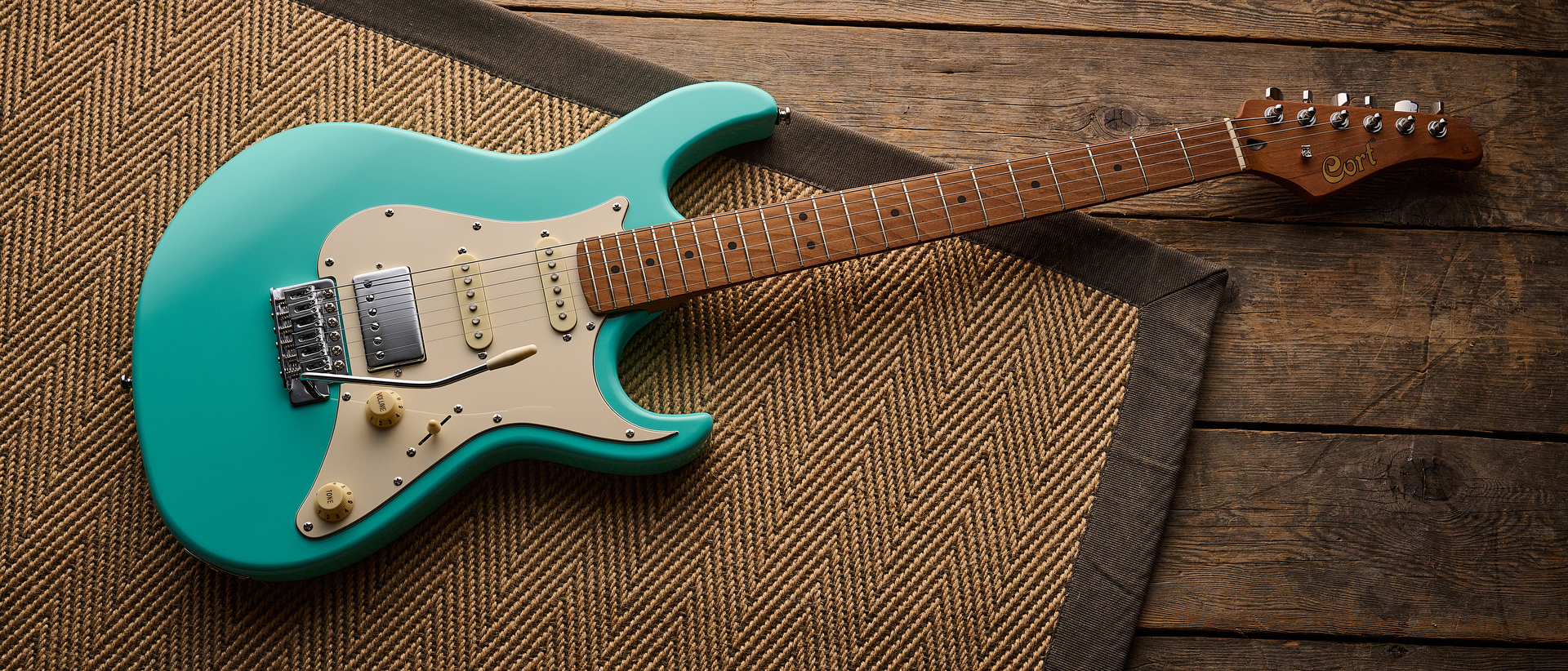Breathing Room: Make Notes and Phrases Stand Out by Adding Silence to Your Solos

The guitar can be a very visual instrument. We've got six strings (usually) and a bunch of frets making this huge grid on the fretboard, on which we strive to recognize and grab shapes.
Unfortunately, this makes it very easily to turn the guitar into a doodle machine. It's just so easy to create continuous sound by stringing together notes.
But just as important to the musicality of our playing is the often forgotten idea of the "rest." It's deceptively simple to add to your playing (You don't have to do anything extra), but it can instantly make you sound more musical and mature as a soloist.
Framing Sound
When I was studying music in college, one thing I remember my professors kept driving home was that you don't just stop when you see a "rest" in music notation. You play silence. It's an intentional thing.
Silence acts as a frame around the sounds you're producing and helps make those sounds feel more profound. Think about what a picture frame does for a photograph. By surrounding the photo with blank space and a square frame, it seems to stand out more.
We can do the same thing with our guitar playing. The next time you're working on a solo or melodic part, see what happens when you leave a little space after the first few notes. Start to think of the melodies you're creating as phrases, with space in between to frame each phrase.
All the latest guitar news, interviews, lessons, reviews, deals and more, direct to your inbox!
Take a Breath
Another reason leaving space has such an impact is that it helps make you sound more like a singer. We may not want to admit it, but we're really just trying to sound like singers when we solo. This is because the human voice is the most familiar melodic instrument. It's built into us.
Technically you can hold your breath till you pass out and still play guitar, but singing requires breathing. So to sound more like a singer, try making yourself take a breath before playing a melody. Breathe out as you play, and stop playing when you have to take another breath.
By leaving this intentional space, your solo lines will sound more musical and give your listeners more room to breath too. Just remember, you're still playing music when you rest in a solo. You're just playing silence.
Ben Rainey works as a guitar teacher and freelance guitarist in the Pittsburgh area. He's also in charge of music content at Tunessence.com.
